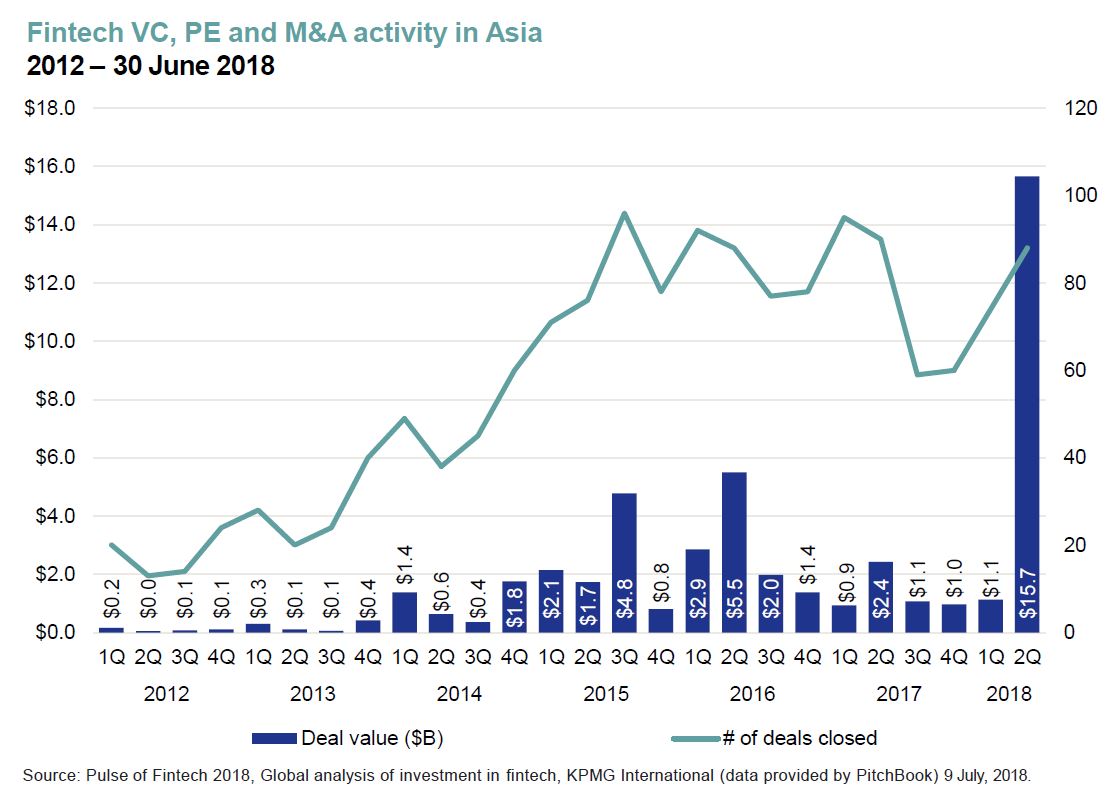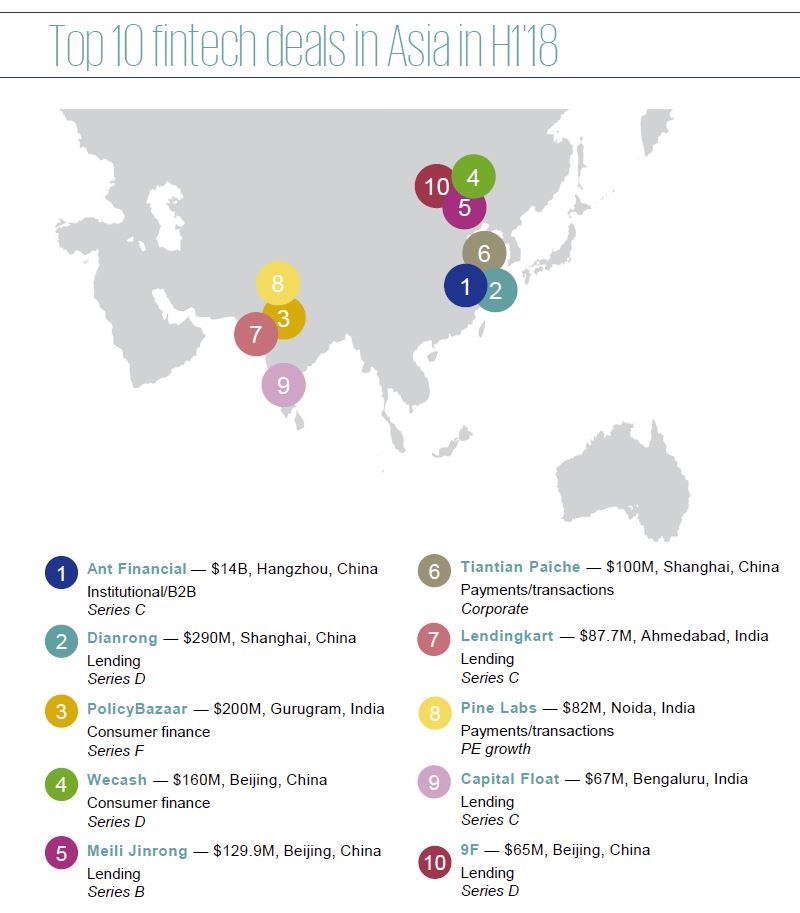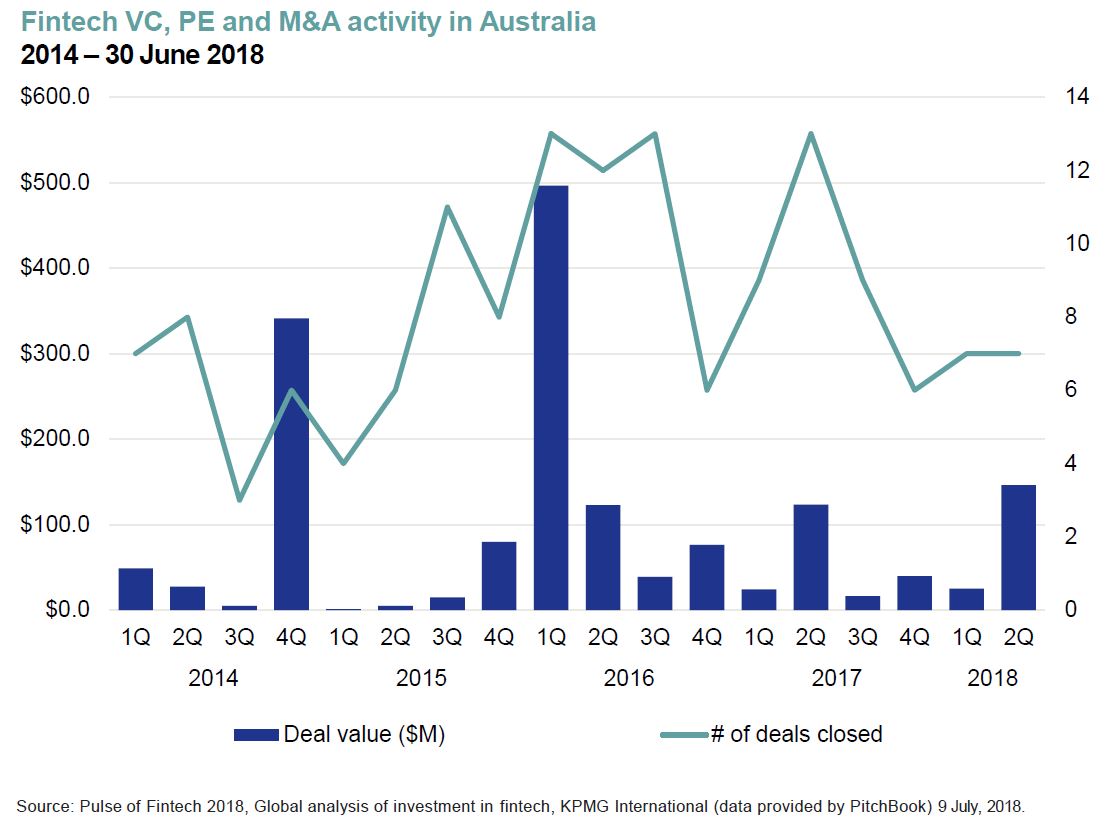The end of year analysis by KPMG has shown the need for the major Australian banks to become leaner and simpler to benefit customers, via InvestorDaily.
The KPMG 2018 financial year results analysis showed that in 2018 major banks cash profit after tax decreased by 5.5 per cent to $29.5 billion.
One element that caused loss was the increase in compliance and remediation costs as a result of a challenging and changing operating environment for the majors.
The report found that regulatory, compliance and customer remediation costs had increased the cost to income ratios across the majors from 43.1 per cent to 46.6 per cent.
KPMG predicted that banks would become leaner and simpler in the 2019 financial year as a response to these rise of costs.
KPMG Strategy banking partner Hessel Verbeek said banks needed to simplify their approach as complexity was keeping them from meeting expectations.
“The Australian banking industry is facing a confluence of factors, making simplification vital, but also complex. Without change, incumbent banks will struggle to meet shareholder, customer and regulatory expectations,” he said.
Mr Verbeek said simplifications would be different for each bank depending on its strategic objectives but all of them would have same overall goal.
“The target state for bank simplifications is a ‘connected enterprise’, which is entirely organised around customer needs and is omni-channel, but with a digital focus.
“The bank is streamlined from front-to-back, with every process putting the customer at the core,” he said.
Mr Verbeek gave five steps towards bank simplification:
- Clarify the bank’s strategic focus and make clear choice around competitive positioning
- Choose a director for the bank’s business architecture
- Determine which activities are strategic and provide a competitive advantage, given the bank’s agreed focus in the first step
- Assess the simplification options for the bank’s activities, in line with its strategic focus
- Develop the simplification roadmap, taking into account various dependencies
Mr Verbeek said there were three potential journeys for banks to follow; one such journey was to operate a full-service bank with a focus on affluent customers and small business.
“The full-service bank in its simplification journey is likely to focus on extending existing centres of excellence, as well as transformation of existing capabilities,” he said.
Another option was for a mainstream bank to be value-focused bank with a focus on efficiency.
“A value-focused bank is more likely to develop-to-replace (including through a neobank) or adopt third-party solutions,” he said.
The final journey said Mr Verbeek would be for a major bank to reposition itself as an embedded finance institution.
“The embedded finance bank will open itself to an eco-system of partners and partnering will be a strategic activity. It is likely to replace rather than transform many of its banking modules,” he said.
Mr Verbeek said that banks needed to plan for simplification immediately as it required management and board focus to achieve.
“It starts with agreeing on the bank’s long-term strategic focus. This could be done concurrently with a maturity assessment of the bank’s existing activities,” he said.
The KPMG end of year analysis found that of the big four banks the worse performer was NAB who came last in the rankings on all but one measure and the top performer was CBA, followed by Westpac with ANZ close behind.
In the 2018 financial year CBA made over $9.2 million in cash profit after tax, while NAB made just over half of that with $5.7 million.
The report said it was clear that the royal commission and the APRA and AUSTRAC inquiries into CBA were felt by all the banks with various compliance and remediation costs all increasing.
The report said that, looking forward, competition was predicted to remain robust as non-bank players and challenger banks were entering the market.
However, business and corporate banking could not expect to pick up all the mortgage market slack and, as a result, total net interest income will be subdued.





